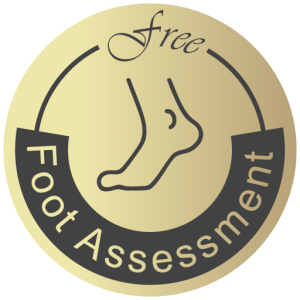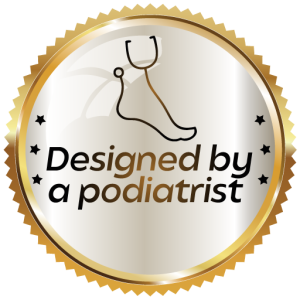



Bunions, or hallux valgus, are one of the most common and painful foot deformities affecting many people. A bunion brace is one of the non-surgical methods some individuals resort to in order to alleviate symptoms. In this article, we will learn about what bunions are, the effectiveness of bunion braces, their different types, and how to choose the most suitable one, with a focus on their availability in the UAE.
Hallux valgus is a bony bump that forms on the joint at the base of the big toe. This condition occurs when the big toe deviates towards the other toes, causing the joint to protrude outwards. Bunions can cause pain, redness, swelling, and difficulty wearing shoes. The condition may worsen over time if appropriate measures are not taken.
Several factors contribute to bunion formation, including genetics, wearing tight, high-heeled shoes for long periods, some types of arthritis, and other foot deformities.
Some individuals with bunions raise questions about the effectiveness of toe braces in relieving pain and correcting the deformity. This depends on several factors, most importantly the severity of the condition, the type of brace used, the person’s commitment to wearing it, and their expectations of the results.
Additionally, cases involving arthritis and other foot deformities require accurate diagnosis and appropriate treatment plans to achieve the best outcomes.
Generally, bunion braces do not permanently cure bunions or completely restore the deviated joint to its normal position, as bunions are a structural deformity of bones and joints. However, these braces can offer the following benefits:
A variety of bunion braces and correctors are available, each with a different design and specific mechanism of action. Common types include:
When choosing a brace or a bunion corrector in the UAE, it is important to consider several aspects to ensure you get the most suitable product. These aspects include:
In addition to using a bunion brace, other measures can help manage symptoms and relieve pain. These measures include:
A bunion brace is an effective tool as part of a comprehensive strategy for managing bunion symptoms, but it is not an immediate or standalone solution. Achieving optimal results from its use requires patience and continuous commitment to foot care, in addition to choosing appropriate footwear that supports treatment and effectively contributes to improving the condition.
In some cases, especially when used in the early stages of bunion formation and in conjunction with wearing appropriate footwear, a bunion brace can help slow down the progression of big toe deviation. However, it may not completely prevent worsening in all cases, especially if there are strong genetic factors or continued wear of unsuitable shoes.
The duration of wearing a bunion brace varies depending on the type of brace and the manufacturer’s or doctor’s recommendations. Night splints are worn throughout the sleep period, while some daytime braces or separators can be worn for several hours during the day. It is important to follow the instructions provided with the product and not to over-wear it if it causes discomfort or irritation.